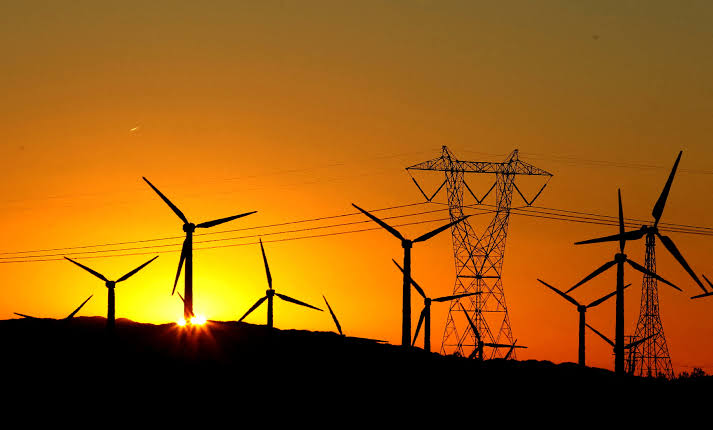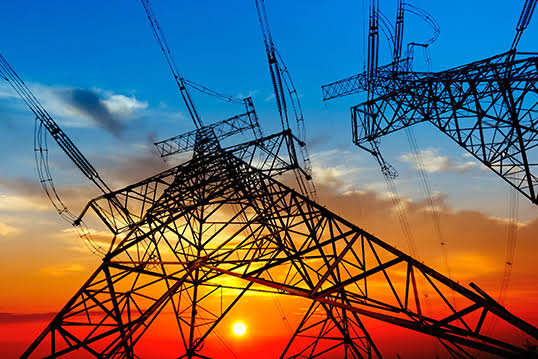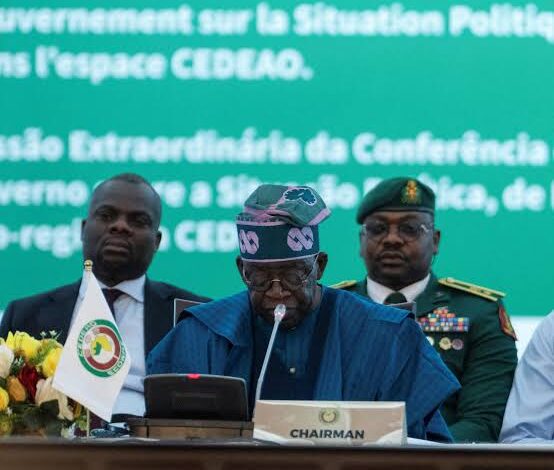
Faith Nyasuguta
East Africa is poised to witness a substantial boost in its electricity supply with the impending completion of the Julius Nyerere Hydropower Project (JNHPP), set to be a game-changer in the region.
At the 16th Meeting of the Sectoral Council of Ministers on Energy in Arusha, ministers highlighted the significance of this $2.9 billion, 2,115MW hydropower project spanning the Rufiji River, as part of Tanzania’s broader power master plan aiming to interconnect the grids of Tanzania, Kenya, Uganda, and Zambia.
“Energy plays a critical role in industrial development and investment promotion… and this project is a milestone that will reduce the deficit of electricity not only in Tanzania but in the entire region,” emphasized Shaib Hassan Kaduara, Minister of Water, Energy, and Minerals of Zanzibar.
Addressing the pressing issue of electricity accessibility, the World Bank reported that one out of two people in Sub-Saharan Africa lacked access to electricity in 2023.
This lack of access is more pronounced, with over 800 million people, or 11 percent of the world’s population, living without reliable electricity. Approximately 600 million of them reside in Sub-Saharan Africa, with around 82 million in Kenya, Tanzania, and Uganda.
Despite these challenges, partner states at the sectoral meeting revealed ongoing investments in wind and solar energy infrastructure. Projects range from Burundi’s solar mini grids to Kenya’s wind and solar initiatives, collectively aimed at bolstering renewable energy contributions to national grids.
The region presently boasts a total installed power supply capacity of 7,381.67MW, with a total system peak demand standing at 4,811.2MW. However, the per capita electricity consumption varies, ranging from 25 kilowatt hours in Burundi to 153 kilowatt hours in Kenya.
Annette Ssemuwemba, EAC Deputy Secretary-General in charge of Customs, Trade, and Monetary Affairs, stressed the need for the region to focus on “sufficient, reliable and cost-effective energy” to meet developmental needs. She emphasized the importance of devising solutions to guide the energy sector collectively.

In line with these goals, Rwanda and Tanzania reported heightened investment in solar energy projects, while Uganda prioritized solar energy deployment for rural electrification.
Notably, the Kenyan grid is already interconnected with the Ethiopian grid, and additional regional interconnections are anticipated through a Tanzania interconnector and a second line with Uganda, facilitating the establishment of a regional power market.
The report also assessed green energy projects, highlighting Kenya’s successful launch of geothermal energy projects. With an estimated geothermal resource potential of 10,000MW, Kenya has installed capacity of 985MW, contributing about 30 percent of the total electricity installed capacity.
Green energy constitutes a significant portion, accounting for 78 percent (2,398 MW) of the total generation capacity of 3,322MW, with over 90 percent being dispatched.
RELATED:




